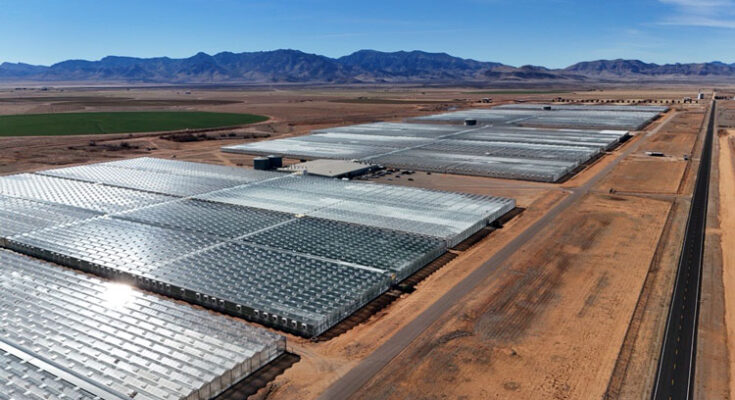Column By John Young
There are so many reasons to grade down the vengeance jockey in the White House.
So many reasons why the latest AP poll finds 61 percent of Americans firmly in the “disgusted” lane.
The biggest reason, however, may be what I encountered at the grocery store the other day: the $2.40 tomato.
I don’t usually look at produce prices. I’m not sure I’ve looked at them even once. But when the price on that puffy Big Boy popped up in self-checkout, I called the attendant over.
Surely $2.40 for one — count it, one — tomato was in error, I said. Nope, he said, scrolling the price inventory.
“Three dollars a pound.”
Understand, this wasn’t at your out-of-the-way ski-town market. This was my suburban grocery store.
I wonder how any MAGA cultists are stewing over their tomatoes these days. I wonder if any at all have contemplated their man’s statement, a brazen lie trumpeted at every campaign stop, that tariffs are paid by foreign competitors, not consumers.
Mexico, provider of 61 percent of the tomatoes consumed here, is subject to a 17 percent tariff on them. The market being what it is, when the price of these tomatoes goes up, so do the rest of them.
As for domestic production, a labor crunch from ICE overkill drives up prices. Three cheers for the masked avengers! Please, don’t throw produce. Too expensive.
Yes, this president has really rung the bell on “fixing” the economy. Oh, yeah.
Inflation is on the rise. Job creation is a-droop. Goodbye to big job gains under Joe Biden. Not surprisingly, GDP growth is puny.
We aren’t in a recession yet, but all sorts of signs point there.
Both The New York Times and The Washington Post have made note of a canary-in-the-marketplace harbinger: the boom in sales of Hamburger Helper, deemed among “struggle foods” for strapped families.
The Post also noted a drop in demand for retail-driven cardboard boxes and a rise in home-equity loans (paired with a drop in building permits).
It is not hysteria to observe, as have many economists, that the country is staring down the condition of simultaneous inflation and recession: stagflation.
Only two things seem to stand in the breach: the funny-money bullishness of today’s stock market, and economic activity surrounding artificial intelligence.
Jason Furman, former chairman of the Office of Economic Advisors, says the rosiest scenario is that the GDP treads water and ends up half a percentage point behind what it might have been.
That might not sound like much, he writes, but it amounts to a loss of about $150 billion, the equivalent of “every household in America taking about $1,000 and lighting it on fire. Then doing it again every year. Forever.”
Prices? We haven’t seen the worst of it thanks to an illegal trade war based on bogus claims of “national emergency.”
The fact is that early in the game, producers and importers swallowed some of the costs of tariffs.
However, that is changing, leading to what one analyst calls “sneakflation,” when consumers only gradually realize that price pressures are boiling them alive.
In June, U.S. consumers were picking up 22 percent of tariff costs. By October that figure was up to 67 percent. Consumers were fed a hideous lie by the 2024 victor.
The last time our country faced crippling stagflation was in the mid-‘70s, conditions that sank Jimmy Carter’s presidency.
As one analysis points out, an anomalous event – one completely out of Carter’s control — played a key role: the 1972 OPEC oil embargo waged against the United States and other financial supporters of Israel.
So, what would be the anomaly that could be tied to the tail of the American economy in a plunge into stagflation now?
That would be the heedless horseman in the orange silks. He IS the anomaly.
Longtime newspaperman John Young lives in Colorado. Email him at jyoungcolumn@gmail.com.
The opinions expressed in this editorial are those of the author.










